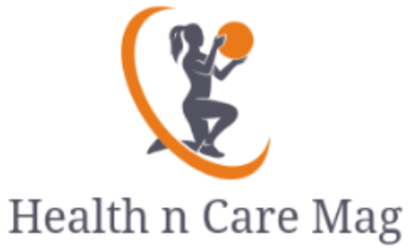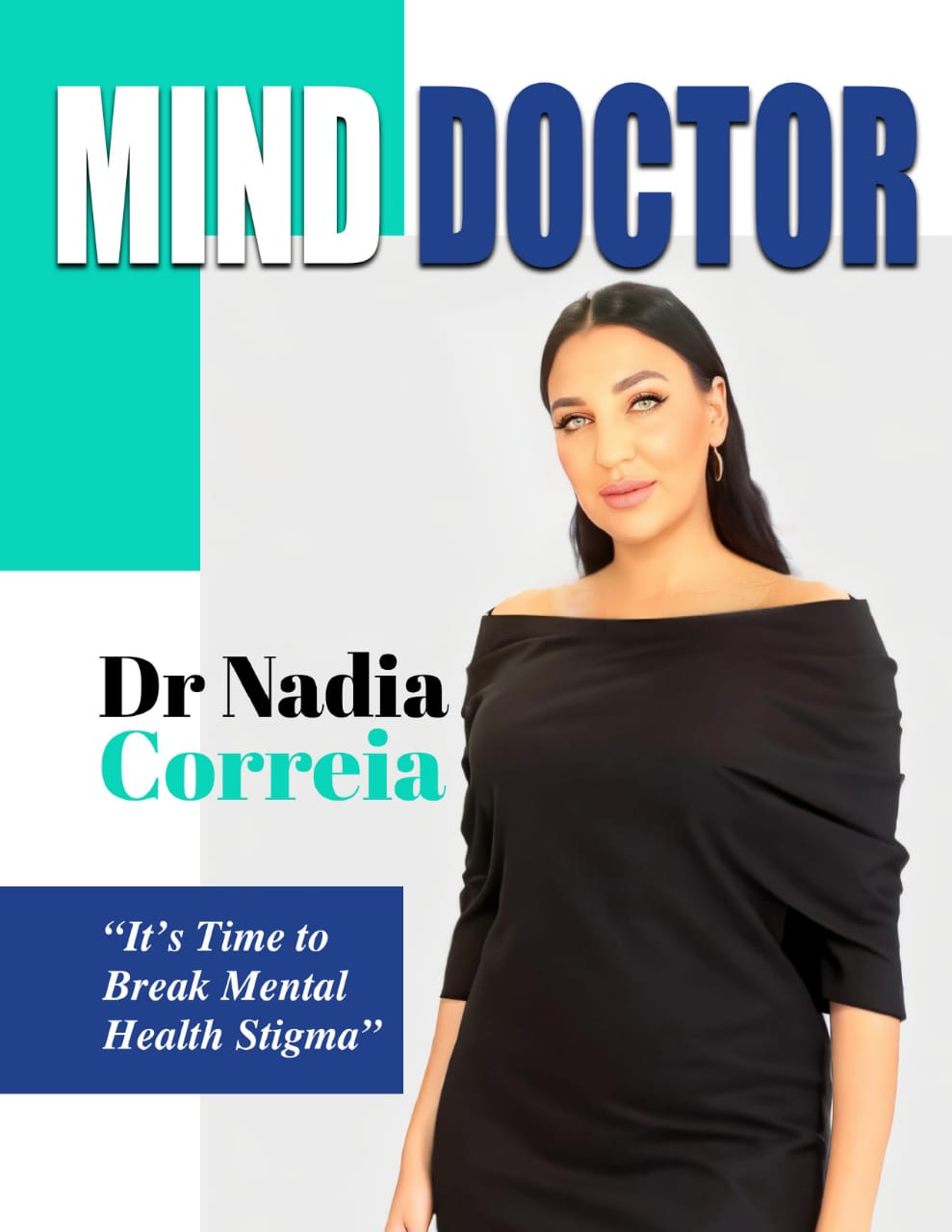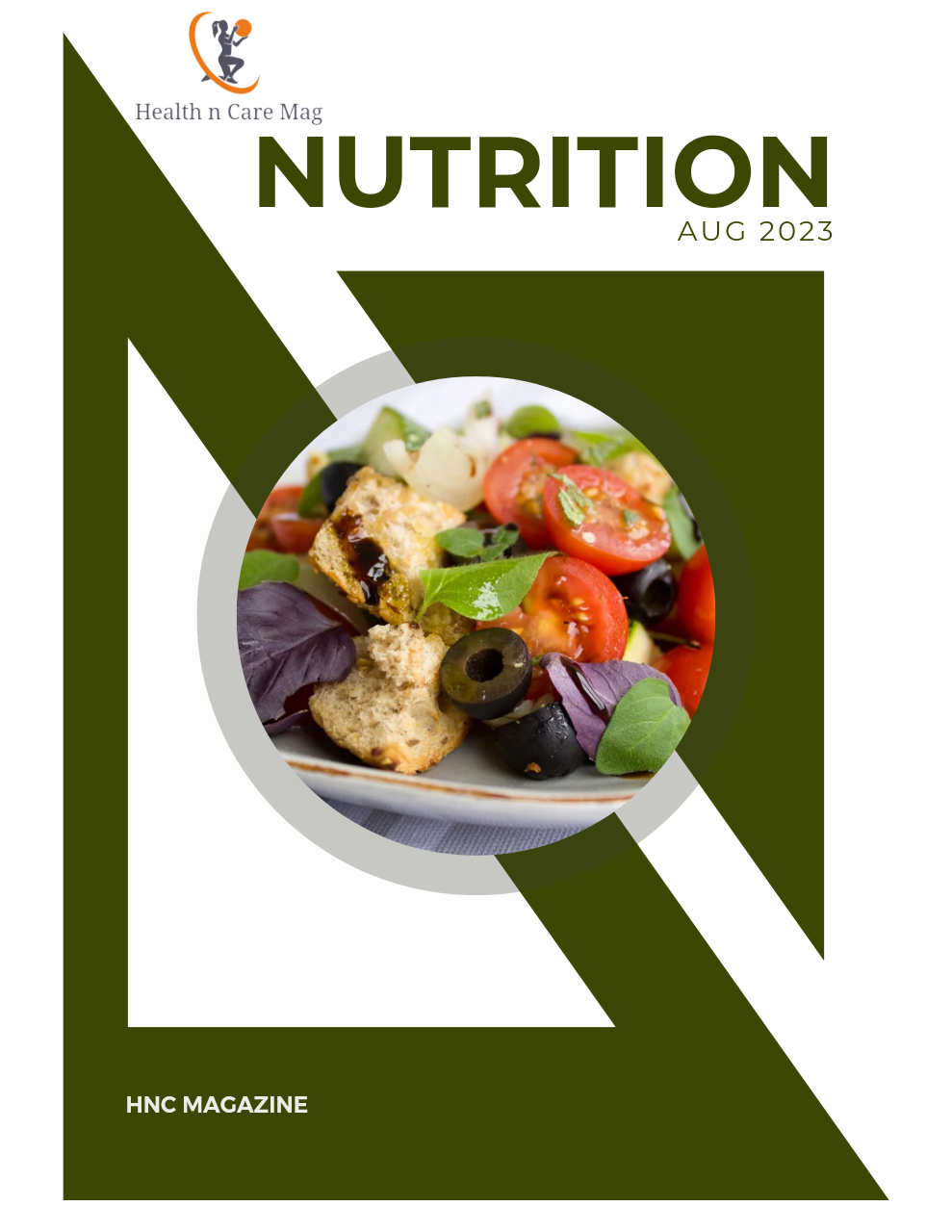Knowing Dual Diagnosis
Dual diagnosis is used to describe someone with both mental disorder and an alcohol or drug problem. It is sometimes called comorbidity, having the presence of one and more disorders in addition to the primary disease. Co-occuring, concurrent disorders, dual disorder are amongst its many names, but they all have a similar meaning, someone with both chemical dependency and with emotional challenges and sickness.
This pose as a problem to clinicians as choosing the best and appropriate remedy for these people can be quite challenging and some dual diagnisis center don’t have the facilities and competence for treating them. Another issue that presents an issue is whether to deal with the person as someone with mental health disorder or someone with addiction disorder or both. But these challenges is often faced and can be guided with the appropriate evaluation principles and consider the importance of both, the mental and substance-related disorder.
• Going through the client’s historical background would greatly help in the assessment. Thorough research with the substances he has used. Everything he took from the very beginning of the abuse and the age he started. Treatment methods undergone in past times should be taken account for, together with the family’s history of addiction. Also, the mental illness history should be documented, the signs or symptoms, duration, and its consequence to his life. These information can be helpful in the unraveling interactions between the mental illness and the substance abuse.
• Diagnostic and Statistical Manual of the American Psychiatric Association can be used in diagnosing the client. This provides the diagnostic standards for mental disorders along with substance addiction disorders, but it also might help a clinician differentiate between causal factors. DSM-IV gives particular criteria for mental disorders which are substance-induces, and it may mean that the client does not have dual diagnosis. And there are also times that a person with substance-induced psychotic disorder only get psychotic symptom when he is under the influence. So she would unlikely have a proper diagnosis of a separate psychotic illness.
• In distinguishing the main difference between substance and mental health symptoms, clinicians should observe clients in a period of time, for single interview wouldn’t be as effective and precise for a proper dual diagnosis programs. Observing the client on his drug-free time, it will be apparent if the symptoms are due to mental or substance abuse. With such, proper diagnosis can be well prepared.
These are the basic guidelines in assessing dual diagnosis. This aims to boost the assessment process, staff expertise and improve the service to better help and meet the needs of the dual diagnosis population.



